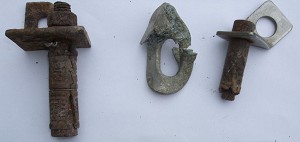
In December 2010 we launched UKBoltFund.org with a view to increasing the profile of the various small bolt funds set up around the country by keen local climbers. The idea was to try and bring together these funds into a central location that can then be easily promoted across UKC, Rockfax and anywhere else that wishes to. We included a click tracker on the donations to give us a rough idea of how many people actually clicked on 'Donate' once they had reached the site. Obviously this doesn't mean that the person necessarily went through with the donation but it is an indication and with over 600 clicks I suspect that a fair bit of money has been raised as well as plenty more awareness of the funds. We also received some good feedback from some of the climbers who run the funds that there had been a spike in donations.
A year and a half on and I thought I'd check up on what the state was with the funds. I asked the main fund managers how fund raising was going and whether money was a struggle or whether they had enough. I asked them to summarise projects done in the last year or so and I also asked what the focus of their bolting efforts was - rebolting, hard routes, easy routes or across the grades. 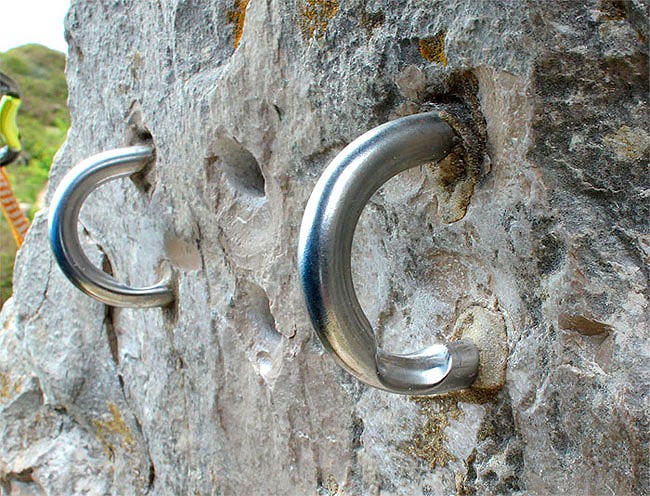
How is the fund raising going?
Portland has been at the forefront of sport climbing development in the UK with Pete Oxley's staple-bolting initiatives of the 1990s leading to the Portland Bolt Fund being one of the first established. Since then many of the routes have been re-bolted, with a combination of bolt fund money and personal money (much more of the latter in truth) and there aren't many areas left - "I can tell you that we have a few projects planned for this spring - namely finish retro-ing Blackers Hole Quarry and Wallsend (Sasketchewan Uranium Miner area)", said Rob Kennard. The photo above though from a lower-off at the Cuttings shows that this work will never stop. Popular crags like this are suffering from over-use and also silly bad practice like people top-roping through ropes threaded directly through the bolts is wearing the lower-offs out at a rapid rate.
Chris Parkin, who manages the North Wales Bolt Fund, has become a little depressed with the process of raising funds, "Generally bolt funds are poorly supported. Climbers pay stacks to climbing walls for a hour or so of plastic yet do not contribute to bolt funds." He says the local walls are great at raising money through the winter though with around £800 being given usually in this way, but this doesn't cover all the work that needs to be done.
In Yorkshire it is a different situation which has been affected by recent access problems like the closure of Foredale Quarry. Historically the Yorkshire Fund has been by far the most successful financially and hence much of the hard work has already been done. It has now become a matter of maintenance. "Fund raising in Yorkshire seems to have stalled somewhat recently. Probably due to the fact that we have no big areas left for new development and our biggest source of funding (Foredale Quarry) closed. It was amazing how many cheques I used to get from climbers quoting their experiences there as the motivation for their donations", says Dave Musgrove. He went on to say that negotiations are underway to secure formal access to Giggleswick Quarry. If these succeed then there will be a demand for funds for new bolting. Up to now the few routes added there have not used any bolt fund money.
In South Wales Roy Thomas said, "the majority of the funding has come from donations from events organised by Boulders Climbing Centre and the BMC Gower Climbing Festival (many thanks Martin, Stu and Rob). The BMC Better Bolts however have proved the godsend and represent the majority of the bolts replaced."
The Peak has the Peak Bolt Fund and the more informal but more productive Gary Gibson Bolt Fund. The two funds have ended up splitting their attention with the Peak Bolt Fund focusing on harder sport routes in Chee Dale, on Raven Tor and in Water-cum-Jolly. Jon Fullwood says, "We haven't had much in the way of donations in the last 12 months but this is probably due to the bolt fund not actively 'fund raising' as such. The reason for this is that we have adequate funds at present and it seems pointless to badger people for more until they are needed." He also added though that they were short of enthusiastic bolters to put the effort in to do the rebolting, an opinion shared with most of the bolt funds.
Gary Gibson seems to never be short of bolting time though and his efforts continue to amaze and sustain many of the venues around the Peak, Clwyd and South Wales. I asked Gary how much financial support he receives from his own bolt fund -"I would say I get a bit, with many thanks to those who help, but it never covers all my outlay but to be honest I'd still do it anyway as I believe it helps." Gary listed the projects he has done in the last two years (table below) but if you go back before that then you could add much of Chee Dale, Ban y Gor, Llanymynech, Harpur Hill, more Clwyd crags, The Gap, Dinas Rock, Llanbradach and Taffs Well, and that list almost certainly isn't comprehensive. There is certainly support amongst UK Climbers for Gary Gibson, but maybe a little more in terms of hard cash donations wouldn't go amiss as well! 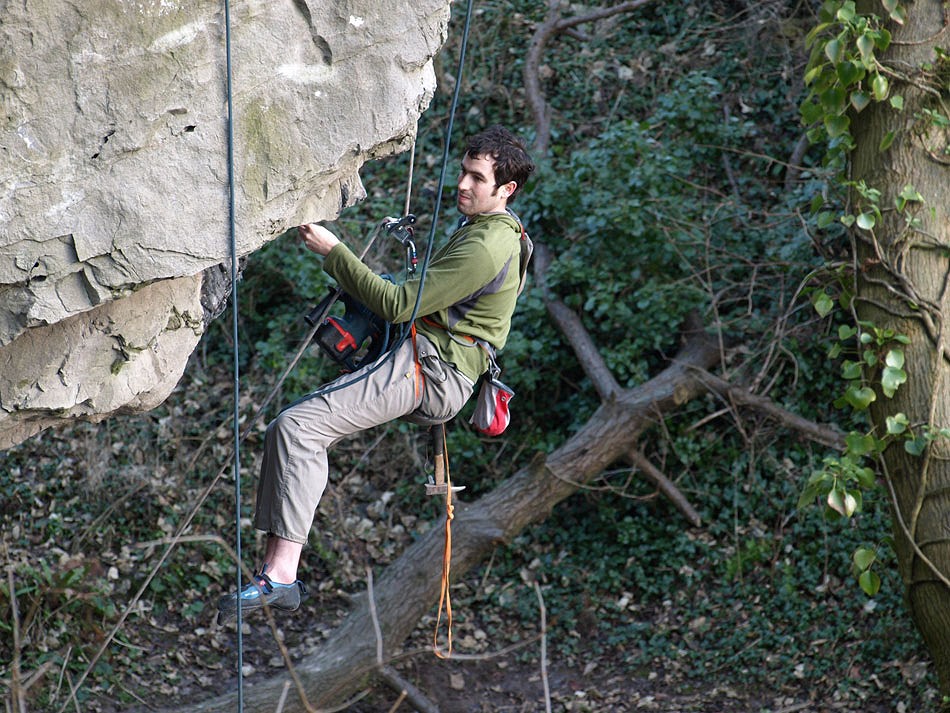
What is the focus of the funding - re-bolting only, new routes, hard or easy?
Another common question is should bolt fund money be used for new routes and, if so, should it focus on easy grades? In Yorkshire the emphasis has been on easier routes since these tend to be popular and it is rare for people climbing at those grades to have the experience to bolt themselves. Dave Musgrove commented, "we have inevitably concentrated on lower grade routes, which seems fair as most of the donations have come from lower grade climbers." This opinion is contradicted by Chris Parkin in North Wales though, "many question why easy routes deserve special free assistance whilst the top end routes don't. The users of the low-end stuff contribute much less (if any at all) in terms of cash and effort."
Overall though it appears that most of the funds focus the majority of their effort on re-bolting and new routing is done as a secondary activity and then often at cost price to the new router.
What specific projects has the fund helped with in the last two years?
| Bolt Fund | Recent Work - Last 2 Years | Focus |
| Cheshire Bolt Fund | Much of Frogsmouth Quarry has been rebolted although there are still a handful to be done. The work is also supported by the BMC. | Frogsmouth Quarry only so it is a limited selection of routes. |
| Yorkshire Bolt Fund | Repair work at Malham and Kilnsey on an ad-hoc basis and a handful of new lines have been added to Giggleswick. | Mainly route maintenance now but no reasonable request for bolts on the established crags has yet been turned down. |
| Cumbria Bolt Fund | No info received | Mostly re-equipping |
| Peak Bolt Fund | 2010 saw a lot of activity at the Cheedale Cornice with just about all the decent routes having been re-equipped. The most recent activity has been on Moat Buttress in Water Cum Jolly, this work is ongoing. | Rebolting only, although bolts are sold on at cost to new routers. Historically the PBF has focused on re-equipping at the harder venues, because Gary Gibson does a great job on all the easier venues. |
| North Wales Bolt Fund |
Re-bolting work in the Slate Quarries and on North Wales limestone. |
Routes across the grades are considered. Most of the fund goes to re-bolting but bolts are usually offered for new routing at cost. |
| South Wales Bolt Fund | Taffs West, Dinas, Foxhole, Oxwich, Cwmaman, Third Sister, Blaenllechau, Glynfach and a host of others have seen bolt fund replacements. | The main focus is on replacement but there have been a few new routes added on the Gower. |
| Dorset Bolt Fund | There hasn't been much activity recently but a big plan to replace lower-offs is about to start | Mostly re-equipping |
| Gary Gibson Bolt Fund | Cowdale, Smalldale, Craig Arthur, Ban Y Gor Wye Sector, Masson Lees and Crag X at Taddington. | All bolt fund efforts focus on re-bolting. |
What Can You Do To Help?
Well that is an obvious one really, you can help by donating through the links on UKBoltFund.org. I think British climbers need to have a change in attitude though. I am sure the desire is there amongst climbers to contribute but when we are climbing we aren't able to contribute, and when we get back to our computers we have forgotten. Trying to get into the habit of a £5 donation to the appropriate fund each time we climb at a specific crag would be a great start but probably too much to hope for. What might be more realistic is to try and focus people's attentions on old gear and bad lower-offs. When you see these then instead of moaning about how dangerous they are to your mates at the crag, go to the correct Bolt Fund donation page and give £10 with a message about which route needs attention. Better still, if you have time to spare then contact the bolt funds and the BMC to find out how you can help in a practical way.
www.ukboltfund.org is a web site set up by UKClimbing (and Rockfax guidebooks) to create a single portal site for all the UK bolt funds. No money is taken by UKClimbing Limited, the web site just redirects to the PayPal and payment pages of the Bolt Fund web sites.
Thanks to the following for their help in compiling this article and support for the UKBoltFund.org initiative: Dave Musgrove, Jon Fullwood, Chris Parkin, Myles Jordan, Rob Kennard, Peter Trwein and Gary Gibson.
About Alan James
Alan is the Director of UKClimbing and Rockfax. He has only placed a few bolts but has clipped thousands of them, and published many books documenting even more. The idea to try and bring the UK Bolt Funds together onto a central location sprang out of a thread on UKC started by Mick Ward. It was also prompted by the frequent discussion on the forums about bolting and who should fund it. The initial article was published on UKC in December 2010 which is also when UKBoltFund.org was set up. We have just redesigned UKBoltFund.org and now also have links from all the appropriate pages on the Rockfax web site.
- DESTINATION GUIDE: The Best of Peak Limestone Sport Climbing (6a – 7a) 9 Jan
- REVIEW: Dolomite Crodarossa Hi GTX Boot 21 Jun, 2022
- REVIEW: Scarpa Gecko Approach Shoe 11 Jan, 2022
- REVIEW: Red Chili Mystix 16 Jul, 2021
- PHOTOGRAPHY: Three Generations on Wall End Slab 12 Jul, 2021
- REVIEW: Arc'teryx Creston Pant 25 Sep, 2020
- VIDEO: Removing Loose Rock at Horseshoe 20 Jul, 2020
- REVIEW: Montane Protium Pull-on 16 Jun, 2020
- REVIEW: Lowe Alpine Rogue 48 5 Jun, 2020
- FEATURE: The Story of a Cartoon and Satire in the '90s 1 Apr, 2020

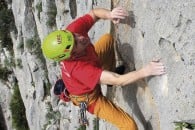

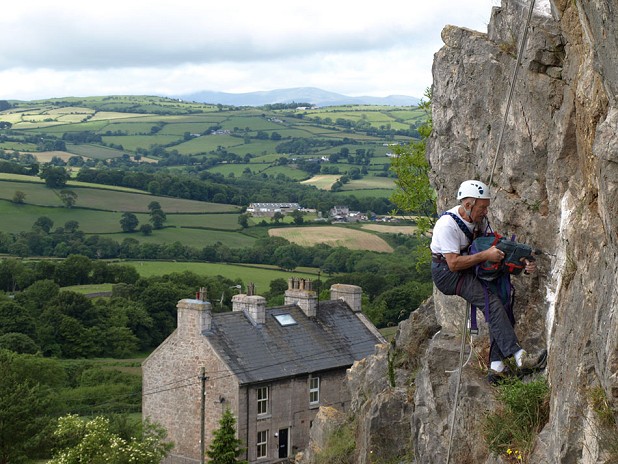

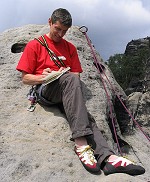

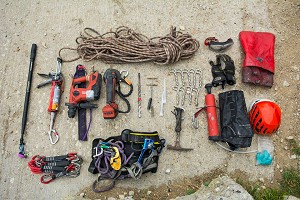
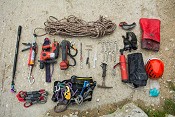
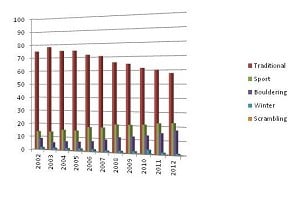
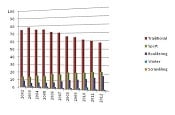








Comments